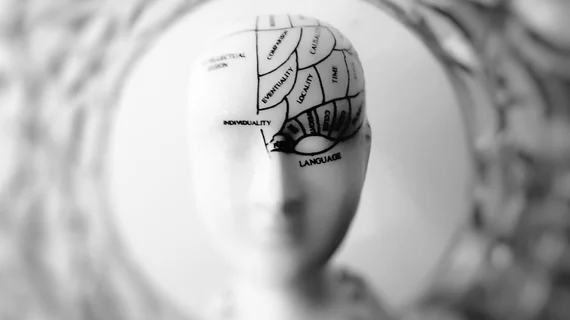AI is poised to help settle an argument that’s been roiling academic psychiatry for more than a century: Are bipolar disorder and schizophrenia two distinct diagnoses—or points along a single continuum?
Allowing that a consensus may be the best possible outcome in the discussion, with unanimity an ideal endpoint, two psychiatrist-scholars strike a note of cautious hope.
In a paper slated for publication in the July edition of the Journal of Affective Disorders, Heinz Grunze, MD, of Paracelsus Medical University in Germany and Marcelo Cetkovich-Bakmas, MD, of Favaloro University in Argentina write:
In the future, computational psychiatry employing artificial intelligence and machine learning might provide us a tool to overcome the gap between clinical descriptions (phenomenology) and neurobiology. … [P]redictive analytics can help to detect persons at risk, but decision making will always need clinical assessment and experience. Clinicians and algorithms aim for the same goal: to accumulate knowledge from previous cases in order to better help new patients.
The team arrived at this position after reviewing peer-reviewed articles published between 1970 and 2020. They selected the crop from PubMed using search terms from not only from psychiatry and data science but also from genetic, neurobiological and neuroimaging research.
Among the studies Grunze and Cetkovich-Bakmas highlight for specifics is a 2018 project that used brain imaging and normative modeling to, in effect, upend the idea of an “average” schizophrenic or bipolar patient.
Drawing on this and other illustrative sample findings, the authors clarify their own aims.
“Our proposal is to not to abandon phenomenological classifications derived from century-long careful clinical observation, solely because they may not fully fit with molecular genetic findings, unless consistent evidence emerges that changes in our current classification of psychosis would benefit patients,” they write. “Current AI developments might help us to find hidden clinical structures in classical descriptions.”
Grunze and Cetkovich-Bakmas underscore that all brain disorders affect that very organ, and in recognizably similar ways, “so there is no way not to find some overlap between their phenotypes.”
They suggest allowing a happy medium to persist in the ongoing argument. Characterizing bipolar disorder and schizophrenia as points along a spectrum rather than discrete categories unto themselves is, they write, “useful for an accurate description of individual patients but does not contradict different underlying etiologies and leaves out the long-term course of schizophrenia and bipolar disorder as the most distinctive feature.”
“In sum, we propose that the next generation of molecular studies should include clinical phenotypes as part of the equation to gain better understanding in the complex matter of endogenous psychosis. Until then, separating bipolar disorder from schizophrenia might cause more benefits than harm for patients.”

